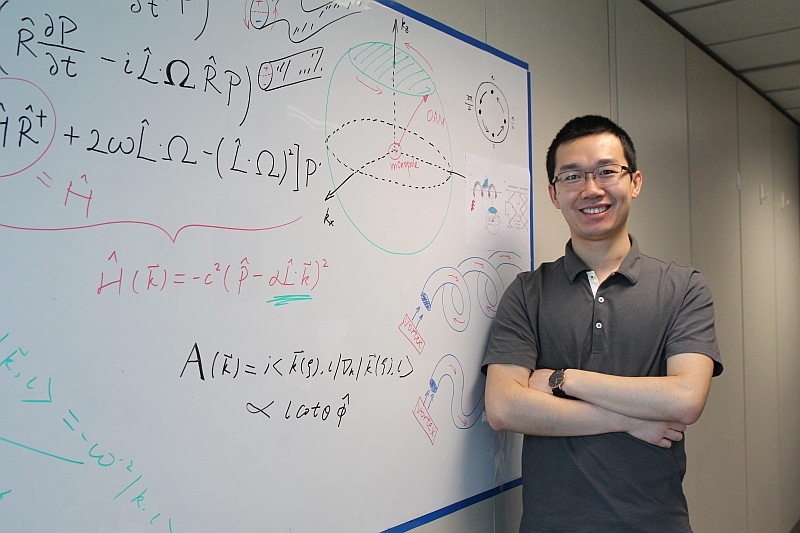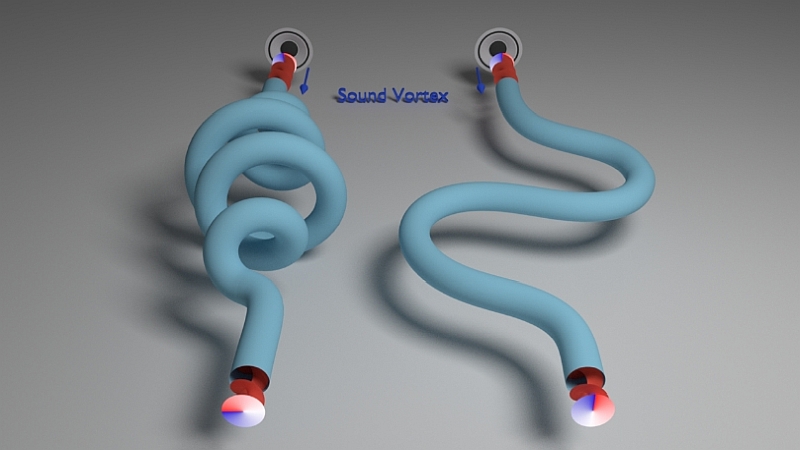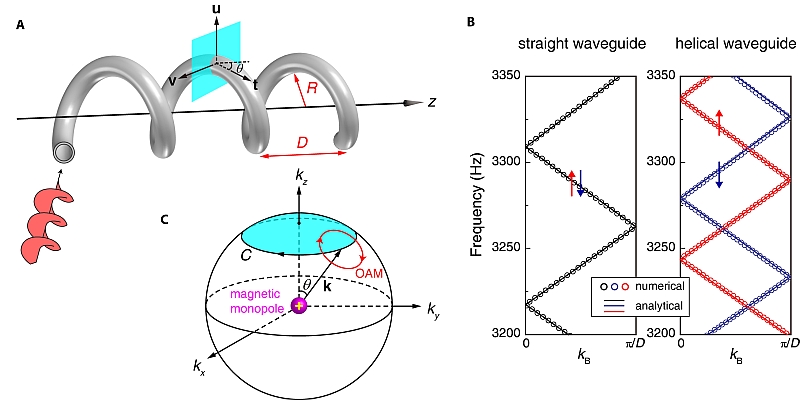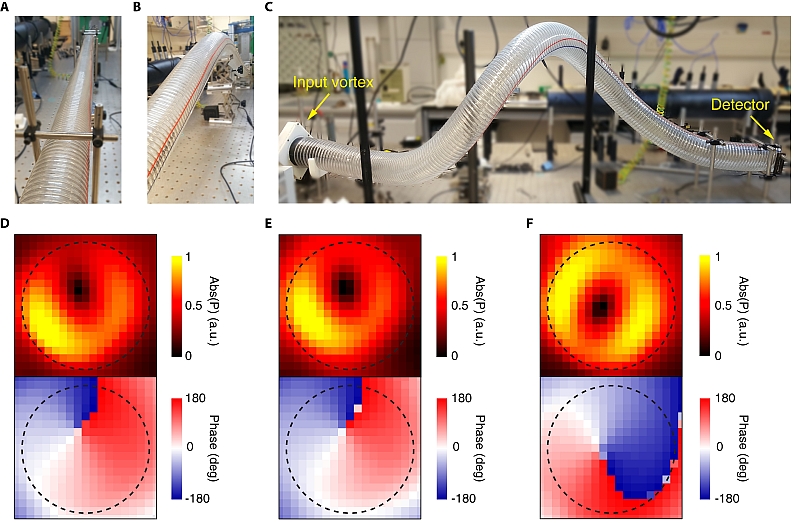Spin-redirection phase of sound wave demonstrated for the first time

It is well-known that sound wave carries dynamical phase during propagation. A latest research conducted by researcher from City University of Hong Kong (CityU) and his collaborators from other universities has demonstrated a new type of phase of sound: the spin-redirection geometric phase.
The research is conducted by Dr Wang Shubo, Assistant Professor in the Department of Physics at CityU, Dr Ma Guancong, Assistant Professor in the Department of Physics at the Hong Kong Baptist University, and Professor Chan Che-ting, Chair Professor in the Department of Physics at the Hong Kong University of Science and Technology. It was published in the open-source journal Science Advances in February under the title “Topological transport of sound mediated by spin-redirection geometric phase”.
Dr Wang explains that geometric phase, also called Berry phase, derives from the geometric structure of the parameter space. Geometric phase has been drawing more and more attention over the past few decades and has led to the discovery of topological insulators. The 2016 Nobel Prize in Physics was awarded to three researchers whose work transformed the understanding of “topological phase transition and topological phases of matter”.
Dr Wang points out that researchers used to believe that spin-redirection geometric phase effects cannot happen in scalar waves, such as airborne sound, because scalar waves do not carry spin angular momentum.
However, sound wave can carry orbital angular momentum (OAM), which has similar properties as the spin angular momentum. In this study, Dr Wang and his collaborators have found that when a sound vortex (i.e. vortex state of sound wave) travels along a helical path, its orbital angular momentum can give rise to the spin-redirection geometric phase.
In the experiment (illustration below), they made use of a helical waveguide to manipulate the transmission path of the sound vortex. And for the first time, they demonstrated the spin-redirection geometric phase effect in airborne sound, while such an effect is absent in a normal bent waveguide.

Spin-redirection geometric phase induced by helical transport of sound vortices


Dr Wang says that the concept of geometric phase has revolutionized our understanding of state evolution in both classical and quantum physics. The spin-redirection geometric phase can be applied to manipulate the transport properties of sound vortices. The related mechanisms can be further explored for the development of new communication technologies.
He explains that sound wave has been widely applied in communications, in particular underwater communications. To increase the communication bandwidth based on sound signals, researchers have been developing orbital angular momentum multiplexing technique by encoding information in the phase of sound waves. Manipulating the phase of sound vortices is crucial to achieving this technique. Therefore, he believes that this research finding could provide some insight in this regard.
